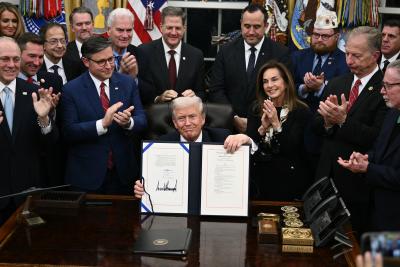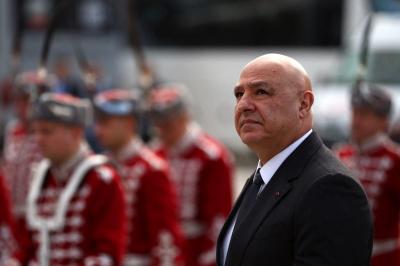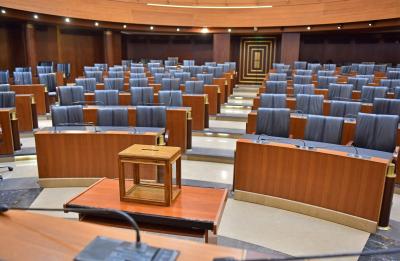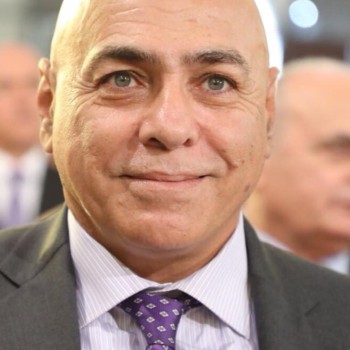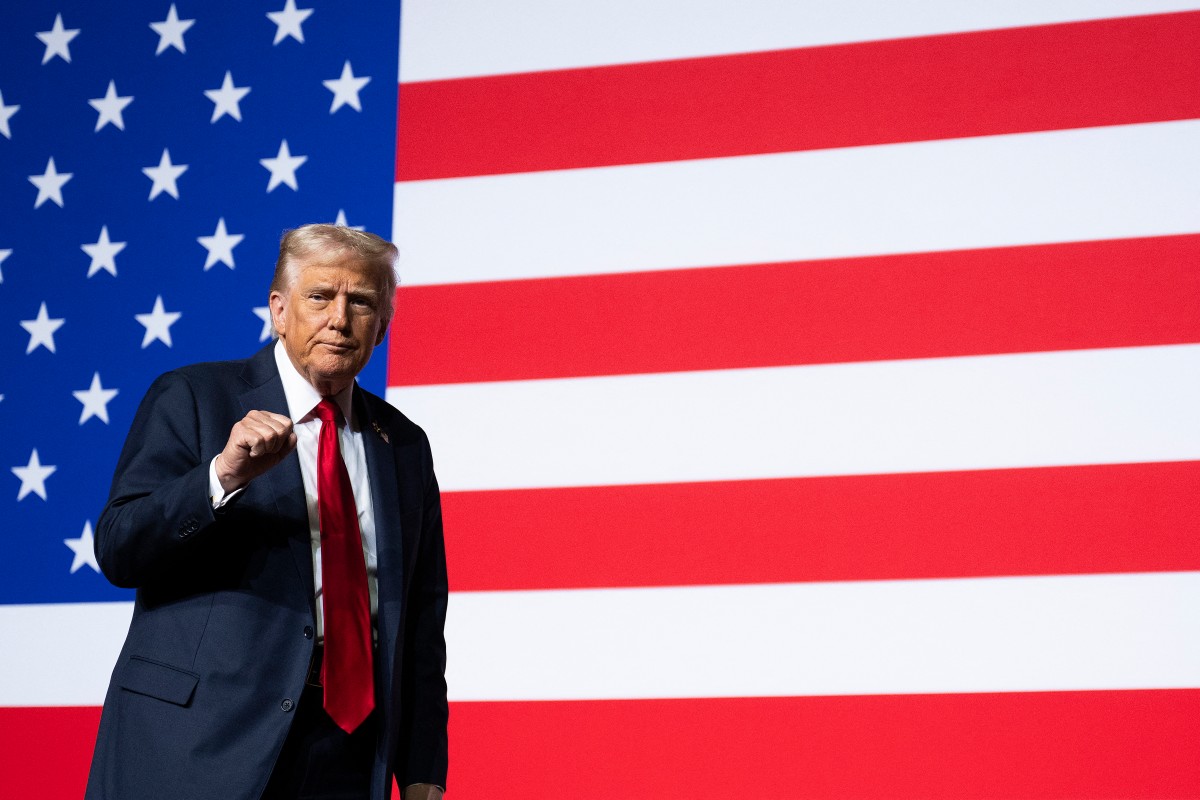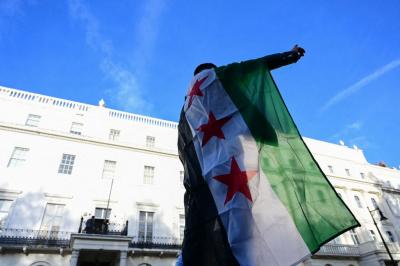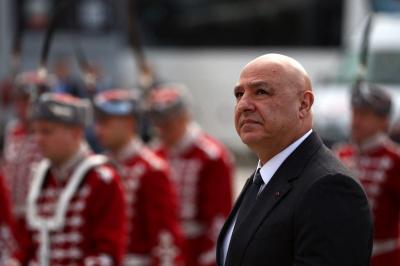A month ago, the former president of the Council on Foreign Relations, Richard Haas, wrote an article in Foreign Affairs magazine advocating for a Palestinian state and arguing that such a state could be a good thing for Israel.
Perhaps because Israel has long opposed a Palestinian state, President Trump's initiative, "a peace plan for Gaza," barely alluded to it when he said he recognized the Palestinian aspirations for "self-determination."
President Donald Trump's 20-point plan for Gaza represents a major new US-led initiative aimed at ending the protracted conflict between Israel and Hamas in the Gaza Strip. Conceived against the backdrop of a brutal and long-running war that has killed tens of thousands and devastated Gaza's population and infrastructure, the plan is both ambitious and controversial. It lays out a detailed framework that blends security guarantees for Israel, political restructuring in Gaza, and economic redevelopment, all underpinned by a firm US commitment to enforcing the terms. However, the plan's formulation, its content, and its potential outcomes have sparked intense debate among regional and international stakeholders.
Origins
The 20-point plan was developed within the Trump administration's cadre of advisers, with significant input from Jared Kushner and Steve Witkoff—two businessmen with backgrounds in real estate development—reflecting Trump's own approach of viewing geopolitical conflicts through a transactional, deal-making lens. The plan's conception involved discussions not only with Israeli Prime Minister Benjamin Netanyahu but also quietly with regional leaders, including Jordan's King Abdullah II and Egypt's President Abdel Fattah al-Sisi, though both Jordan and Egypt explicitly rejected ideas about displacing Gaza's population in the past.
The plan's central vision has been described as transforming Gaza into a "deradicalized," terror-free zone where governance is temporarily put into the hands of a technocratic Palestinian government—excluding Hamas—and overseen by an international entity called the "Board of Peace." Former British Prime Minister Tony Blair is slated to play a prominent role on this board, a move controversial among Palestinians due to his previous support for the Iraq invasion and colonial associations. The Trump administration pitched the plan as a comprehensive solution that would not only halt violence but also rebuild Gaza's economy on a model likened to "Mediterranean Singapore," emphasizing free trade zones and infrastructure development.
Content of the Plan
The 20 points outline a multifaceted approach, with the key provisions including:
- Immediate ceasefire and halt to hostilities upon agreement, with static frontlines and no annexation of Gaza by Israel.
- The release of all hostages held by Hamas, alive or deceased, within 72 hours, in exchange for the release of Palestinian prisoners from Israeli jails, including hundreds detained since recent escalations.
- Establishment of a transitional technocratic Palestinian administration in Gaza, excluding Hamas, pending reconstitution of the Palestinian Authority's presence.
- Demilitarization and disarmament of Hamas, with Gaza becoming a security-stable, terror-free area that poses no threat to Israel or its neighbors.
- Redevelopment of Gaza's infrastructure and economy, aiming to encourage Palestinians to remain and prosper rather than relocate.
- Creation of the "Board of Peace," headed by international figures including Tony Blair, to oversee governance and the path to a future Palestinian state.
- Recognition of Palestinian self-determination aspirations, albeit with Israeli opposition to an immediate sovereign Palestinian state, stipulated.
- Assurances that no Gazans will be forced to leave, but individuals may freely move if they choose.
Scenario One: Success
In a best-case scenario, Hamas accepts the plan or engages constructively to negotiate terms, leading to a rapid ceasefire and mutual prisoner exchange. This would immediately end the war's bloodshed, allow for humanitarian aid to flow into Gaza, and pave the way for international-led reconstruction efforts. The technocratic government could stabilize Gaza's administration, sidelining extremist factions, and opening economic opportunities that improve Gazans' living conditions.
Such success could facilitate broader regional normalization, encouraging Gulf and Arab countries to resume diplomatic and trade ties with Gaza and Israel. The Board of Peace's involvement could foster trust through internationally supervised reforms and security assurances, serving as a stepping stone toward eventual Palestinian statehood under internationally agreed terms.
For the United States and President Trump, a successful implementation would represent a high-profile diplomatic victory, bolstering their image as peacemakers in the Middle East and redefining US influence in the region. It could reduce hostilities that have repeatedly drawn Israeli military responses into Gaza, improve Israeli security, and provide Palestinians with a path to self-governance free of Hamas's militant control.
Scenario Two: Failure
Conversely, the plan faces significant challenges that could lead to failure. Chief among these is Hamas's outright rejection of demands such as immediate hostage release and disarmament, seen as conditions that strip them of leverage and control over Gaza. Without Hamas's buy-in, the ceasefire would not hold, and conflict could escalate further, with Israel intensifying military operations under the US backing declared by Trump and Netanyahu.
Critics argue the plan also sidelines Palestinian grassroots political voices and does not guarantee long-term security or political rights. The involvement of figures like Tony Blair, seen by many Palestinians as emblematic of Western bias and past failed interventions, risks alienating public support in Gaza.
There is also skepticism about Israel's willingness to withdraw fully and respect the ceasefire terms once hostages are returned. The absence of clear enforcement mechanisms beyond US guarantees creates a fragile foundation prone to collapse.
A failed plan could exacerbate humanitarian crises, fuel radicalization, and provoke regional instability. It would solidify divisions between Palestinian factions, undermine US credibility as an honest broker, and potentially invite other regional powers to fill the vacuum diplomatically and militarily.
The plan's failure could plunge Gaza and the region deeper into turmoil, highlighting the complexities that have long defied simple solutions.
Either way, the face of the Middle East will change.
Please post your comments on:
[email protected]
 Politics
Politics


